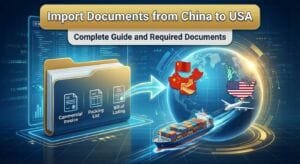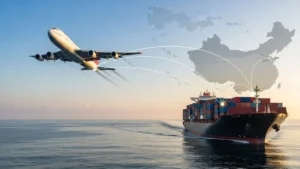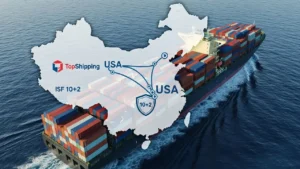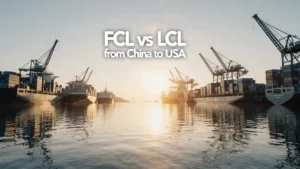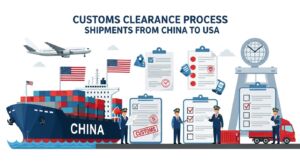Overview of Sea Freight
Sea freight is a popular way to transport goods globally, especially for bulky or heavy items. It’s often more cost-effective than air freight, though it takes longer. Goods are shipped in containers, which can be full or shared with others. Freight forwarders can help manage the process, making it a reliable option for businesses importing or exporting large quantities. For affordable and efficient international shipping, sea freight is an excellent choice.
Importance of China-Australia Trade Route
The China-Australia trade route is crucial for both countries’ economies. Australia exports a lot of raw materials like iron ore, coal, and natural gas to China, which are essential for China’s manufacturing and energy needs. In return, China supplies Australia with a wide range of goods, from electronics to clothing. This trade relationship helps boost economic growth, create jobs, and ensure a steady flow of goods between the two nations, making it an important trade route in the Asia-Pacific region.
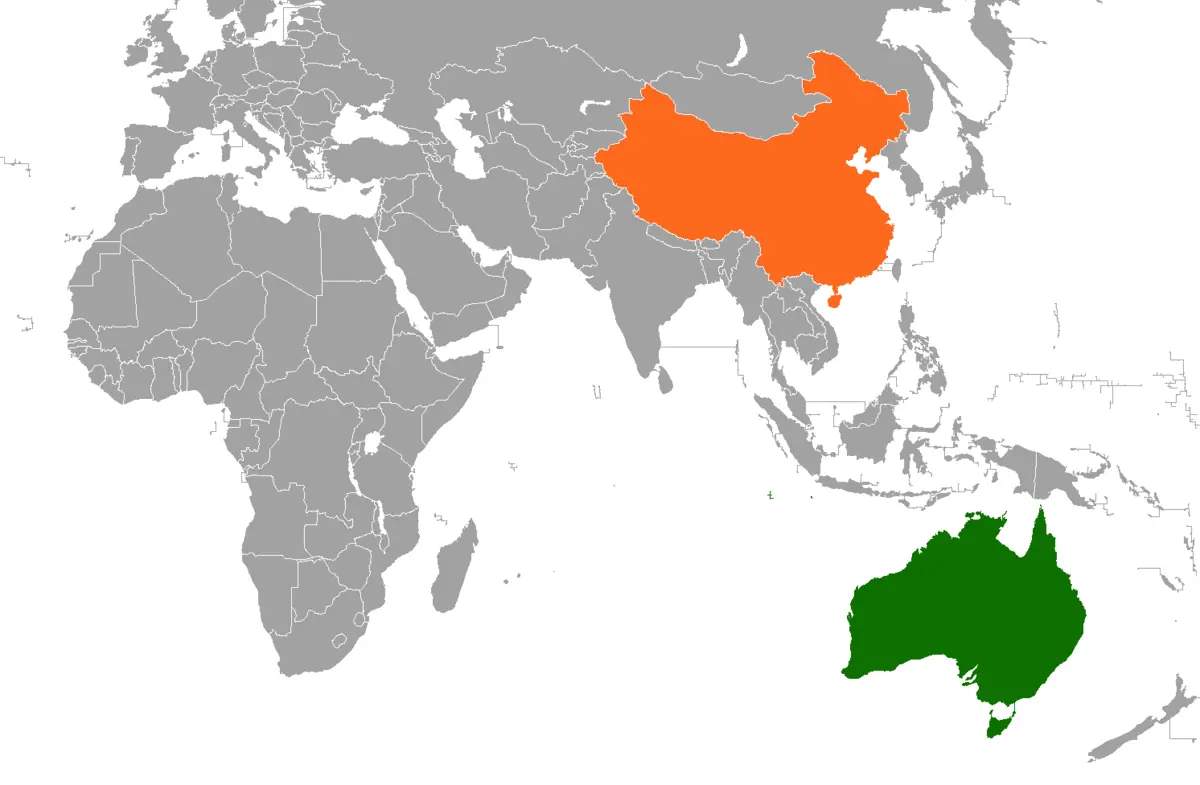
Common Goods Shipped from China to Australia
Common goods shipped from China to Australia include electronics like smartphones and laptops, household items such as furniture and appliances, and clothing and textiles. China is also a major supplier of machinery, toys, and auto parts. These products are vital for various industries in Australia, from tech and retail to manufacturing. The steady flow of these goods helps keep Australian markets well-stocked and supports a wide range of businesses across the country.
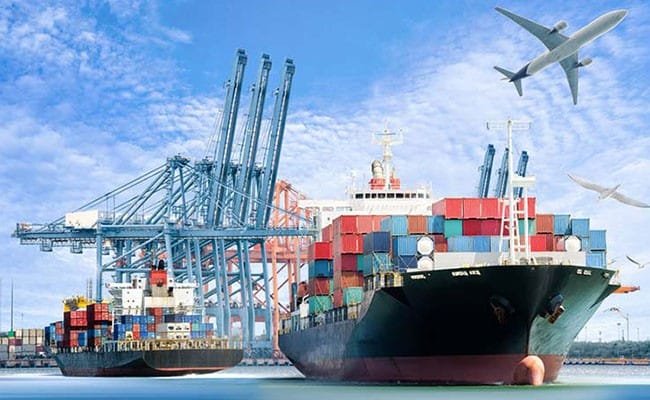
Sea Freight from China to Australia: Key Considerations
Types of Freight (FCL and LCL)
FCL (Full Container Load) means you rent an entire container for your goods, making it ideal for large shipments. LCL (Less than Container Load) is for smaller shipments where your goods share space in a container with others. FCL is usually more cost-effective for big loads, while LCL is better for smaller, less frequent shipments.
Shipping Routes and Transit Times
Shipping routes between China and Australia typically pass through major sea lanes in the Pacific Ocean. Transit times can vary: it usually takes about 10-20 days for cargo ships to travel from China’s ports to Australia’s ports. Factors like weather, port congestion, and specific routes can affect these times.
Major Chinese Ports (Shanghai, Shenzhen, Ningbo, etc.)
Shanghai is China’s busiest port, handling a huge volume of cargo. Shenzhen, close to Hong Kong, is also a major hub for electronics and other goods. Ningbo, another key port, is crucial for its deep-water capabilities and proximity to industrial areas. These ports are central to China’s global trade network.
Major Australian Ports (Sydney, Melbourne, Brisbane, etc.)
Sydney, Melbourne, and Brisbane are Australia’s primary ports. Sydney handles a significant amount of cargo and passenger traffic. Melbourne is vital for both container shipping and industrial goods. Brisbane, in Queensland, is important for cargo heading to northern and central Australia. These ports play a key role in the country’s trade and logistics.
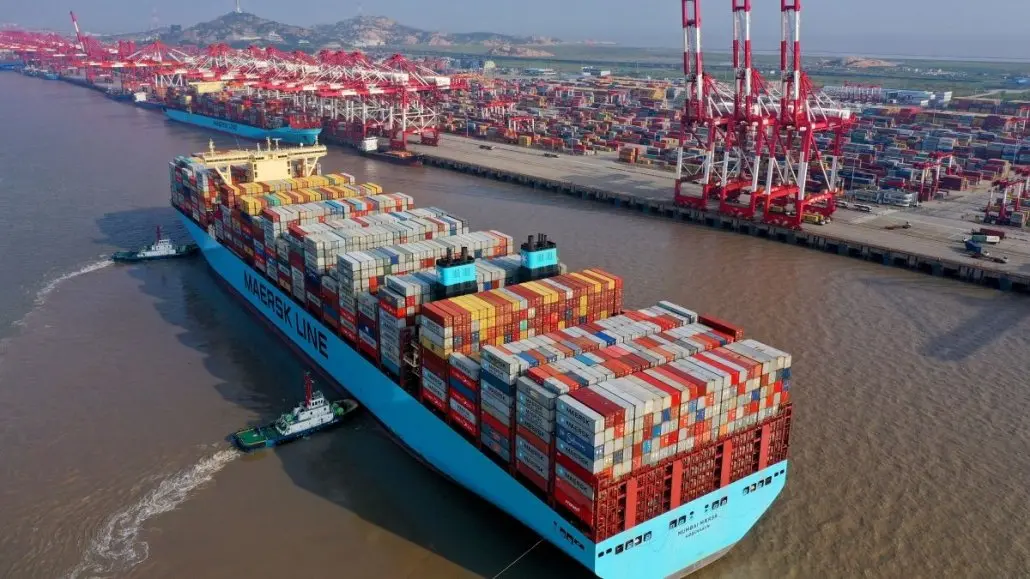
Sea Freight Rates from China to Australia
Freight rates are the costs of shipping goods from one place to another. They can vary widely based on factors like distance, shipment size, and the type of service required. Rates are typically calculated per container or per weight unit and can be influenced by both market conditions and specific shipping routes. Understanding these rates helps businesses manage shipping costs and plan their logistics more effectively.
Factors Influencing Sea Freight Rates
Sea freight rates are influenced by several factors including fuel costs, shipping distance, container availability, and port fees. The size of the shipment also matters; larger loads might get better rates. Additionally, demand for shipping space and the efficiency of shipping lines can impact costs. Tracking these variables can help you estimate and manage freight expenses more accurately.
Seasonal Variations in Shipping Rates
Shipping rates can fluctuate seasonally due to changes in demand and supply. For example, rates might rise during peak seasons like holidays when more goods are being transported. Conversely, off-peak periods often see lower rates due to reduced demand. Understanding these patterns can help businesses time their shipments to take advantage of lower rates and avoid peak season surcharges.
Impact of Global Events on Shipping Rates
Global events such as natural disasters, geopolitical tensions, or pandemics can significantly affect shipping rates. Disruptions in trade routes or changes in fuel prices due to these events can lead to higher costs. Additionally, global supply chain issues or regulatory changes may impact rates. Staying informed about such events helps businesses anticipate rate changes and plan their logistics accordingly.

Freight Rates to and from Australia
Sea Freight Rates to Australia from Other Countries:
Sea freight rates to Australia from other countries depend on factors like the origin country, shipment size, and shipping route. Rates can vary widely based on distance and port fees. For example, shipping from China to Australia might be cheaper than from Europe due to shorter distance and lower fuel costs. It’s essential to get quotes from different carriers and consider factors like transit time and service quality to find the best rate.
Sea Freight Rates from Australia to Other Destinations:
Sea freight rates from Australia to other destinations are influenced by factors such as the destination country, shipment size, and shipping route. Rates might differ for various regions due to distance, port fees, and fuel costs. For instance, shipping to nearby New Zealand could be more affordable than sending goods to North America. Comparing quotes from multiple shipping companies can help you get the best rate and service for your specific needs.
Comparison of Rates from Different Regions:
Comparing sea freight rates from different regions involves looking at factors like distance, shipping routes, and port fees. Rates from nearby countries like New Zealand are usually lower compared to those from far-off places like Europe or North America. Different regions also have varying fuel costs and port charges, which can affect rates. By comparing quotes from multiple regions, businesses can find the most cost-effective shipping options for their needs

Calculating Freight Costs from China to Australia
How to Calculate Sea Freight Rates
To calculate sea freight rates, consider the shipment’s size and weight, the distance between ports, and the type of container used (full container load or less-than-container load). Rates are usually quoted per container or per weight unit. Additional costs, such as fuel surcharges, port fees, and customs charges, may also apply. Knowing these elements helps businesses estimate total shipping costs and budget accordingly. It’s often helpful to use online tools or consult a freight forwarder for more accurate calculations.
Online Tools and Freight Calculators
Online tools and freight calculators can help estimate sea freight costs quickly and easily. By inputting details like shipment size, weight, origin, and destination, these tools provide instant rate quotes from various carriers. They also allow you to compare costs and services, helping you find the best option for your shipping needs. Using these calculators can save time and provide a clearer picture of potential shipping expenses.
Cost Components (Base Rates, Surcharges, Insurance, etc.)
Sea freight rates include several cost components. The base rate is the primary cost of shipping goods from one port to another. Surcharges like fuel, security, and port charges may be added. Insurance is also recommended to protect against loss or damage. Other costs can include customs duties and handling fees. Understanding these components helps businesses accurately budget for shipping and avoid unexpected expenses during transportation.
Working with Freight Forwarders for Accurate Quotes
Freight forwarders can provide accurate sea freight quotes by handling all logistics aspects, including shipping, customs clearance, and delivery. They have industry knowledge and access to multiple carriers, allowing them to compare rates and negotiate better deals. Working with a freight forwarder simplifies the shipping process, ensuring all cost components are accounted for. This helps businesses avoid unexpected fees and manage their shipping more efficiently.

Freight Cost from China: Tips for Optimization
Strategies to Reduce Freight Costs
To reduce freight costs, businesses can consider consolidating shipments, using full container loads (FCL) for larger volumes, and less-than-container loads (LCL) for smaller ones. Negotiating with multiple shipping companies to get competitive rates and choosing the right type of service based on shipment size can also help. Additionally, planning shipments during off-peak seasons and optimizing packaging to maximize container space are effective strategies to lower shipping expenses.
Negotiating with Shipping Companies
Negotiating with shipping companies can help lower freight costs. Businesses can secure better rates by comparing quotes from multiple carriers and leveraging their shipping volume or frequency. Building strong relationships with carriers and committing to long-term contracts can also lead to discounts. Being flexible with shipping schedules and routes allows for more room in negotiations, helping businesses get more competitive shipping rates.
Utilizing Consolidation Services:
Utilizing consolidation services can significantly reduce freight costs, especially for smaller shipments. By combining your cargo with other shipments in a single container, you only pay for the space your goods occupy. This is ideal for less-than-container load (LCL) shipments, helping you avoid the higher costs of a full container load (FCL). Consolidation services also provide more flexibility in scheduling and can improve delivery times and cost efficiency.
Choosing the Right Type of Freight Service (FCL vs. LCL)
Choosing the right type of freight service is crucial for cost efficiency. Full Container Load (FCL) is ideal for large shipments, where the entire container is filled with your goods, often leading to lower costs per unit. Less than Container Load (LCL) is better for smaller shipments, sharing container space with others. Selecting the appropriate service based on shipment size and volume can help reduce shipping costs and optimize logistics.
Shipping from China to Australia: Price Considerations
Average Costs for Common Shipment Types:
Average sea freight costs vary by shipment type. For full container loads (FCL), costs depend on container size (20ft or 40ft) and destination. Less than container loads (LCL) are priced by volume and weight, often costing less but sharing space with other shipments. Rates can range widely based on distance, carrier, and other factors, so comparing quotes is key to finding the best price.
Importance of Volume and Weight in Pricing:
Volume and weight are crucial in determining sea freight rates. Larger or heavier shipments usually cost more due to the space they occupy in a container. Shipping companies calculate costs based on either the total volume (cubic meters) or weight (tons) of the cargo, whichever is greater. Understanding these factors helps businesses choose the most cost-effective shipping options for their needs.
Understanding Bunker Adjustment Factor (BAF) and Other Surcharges:
The Bunker Adjustment Factor (BAF) is a surcharge added to sea freight rates to cover fluctuations in fuel prices. Other surcharges, like port fees, security fees, and handling charges, may also apply. These additional costs help shipping companies manage operational expenses and maintain service quality. Knowing about these surcharges can help businesses better estimate total shipping costs and avoid surprises.
Factors That Cause Price Fluctuations:
Sea freight prices can fluctuate due to various factors, including changes in fuel costs, seasonal demand, port congestion, and global events like trade disputes or natural disasters. Supply chain disruptions, such as strikes or shipping delays, can also impact rates. Keeping an eye on these factors helps businesses plan shipments better and anticipate potential changes in shipping costs.

Regulations and Compliance for Sea Freight
Import and Export Regulations between China and Australia:
Trade between China and Australia is governed by specific regulations to ensure safety and compliance. These include product standards, labeling requirements, and prohibited items lists. Businesses must adhere to these rules to avoid delays or penalties. Staying informed about current regulations helps ensure smooth import and export processes.
Australian Quarantine and Inspection Service (AQIS) Requirements:
The Australian Quarantine and Inspection Service (AQIS) enforces strict rules on imported goods to prevent pests and diseases. Goods like food, plants, and animal products require thorough inspections and may need special permits. Understanding AQIS requirements helps businesses avoid delays, fines, and the rejection of goods at Australian ports.
Necessary Documentation for Shipping from China:
Shipping goods from China requires specific documents, such as a commercial invoice, packing list, bill of lading, and certificate of origin. Additional documents, like import permits or health certificates, might be needed depending on the goods. Having all required documents ready ensures smooth customs clearance and avoids delays or extra costs.
Customs Duties and Taxes:
Customs duties and taxes are charges imposed on goods imported into Australia. The amount depends on the type of goods, their value, and trade agreements. Importers must be prepared to pay these costs to clear customs. Understanding these fees helps businesses budget accurately and avoid unexpected expenses during the shipping process.
Conclusions
In conclusion, understanding the complexities of is crucial for businesses looking to optimize their supply chain. From calculating sea freight rates and handling necessary documentation to navigating customs duties and complying with regulations, every step impacts costs and efficiency. Staying informed and choosing the right strategies can ensure smooth shipping from China to Australia helping businesses save money and avoid delays.









